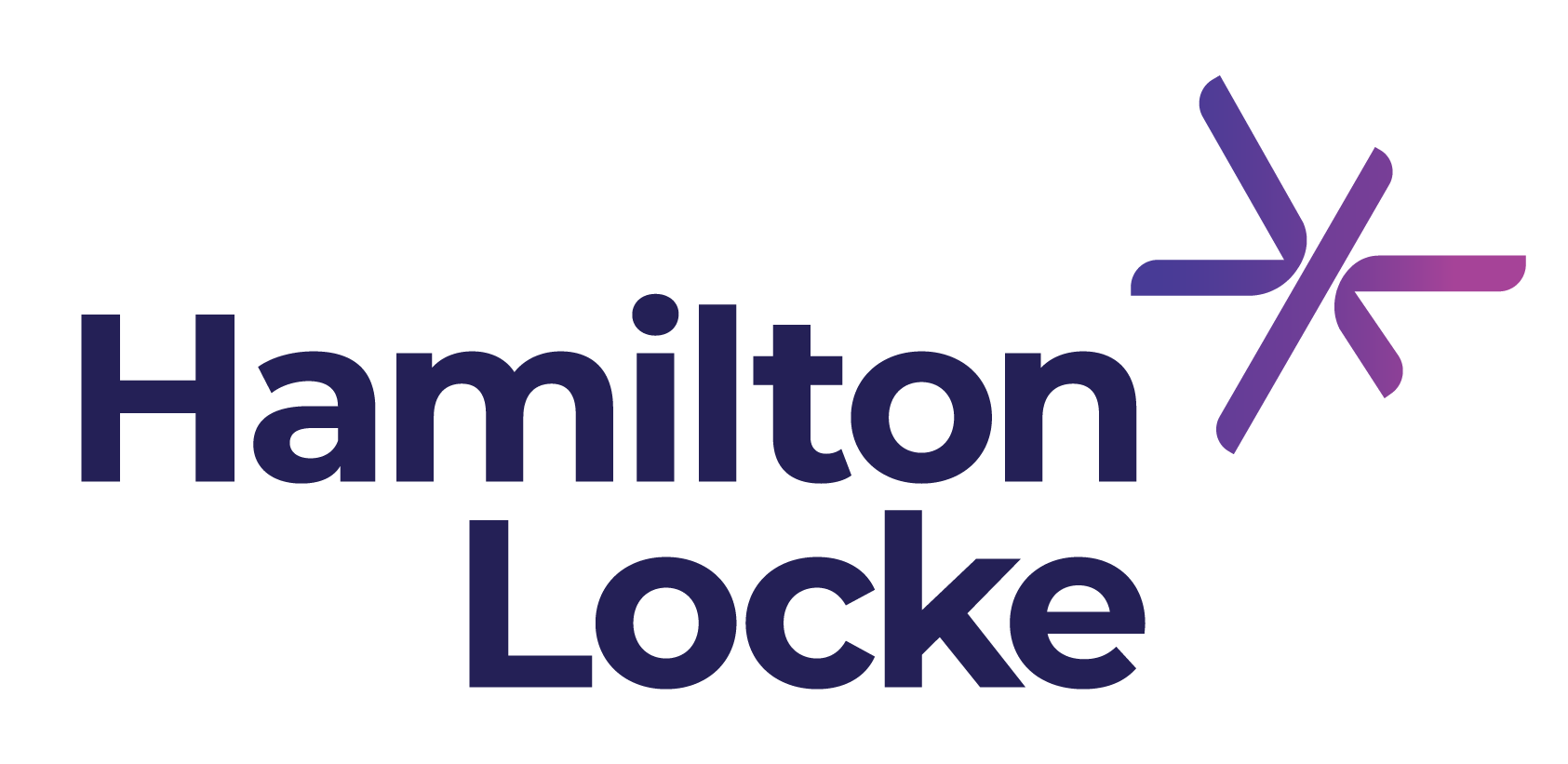7 STAGES FOR START-UP TRANSACTIONS.
Published on Jul 27, 2020

The transaction pathway for start-ups is often protracted, time consuming and costly. So it’s good to map out the process at the outset and stick to it. Whether your deal is a merger or trade sale, the approach is often the same and can be broken into 7 key stages.
Stage 1: Offer and negotiations
At this stage, the parties discuss and agree what the transaction will look like at a high level (the Offer). These discussions are not binding and generally involve:
- The target sharing high-level figures on its earnings, number of customers etc. More commercially sensitive business information isn’t usually shared until Stage 4.
- Depending on what information is shared and the parties involved (for example, if the two parties are competitors), a binding confidentiality or non-disclosure agreement (NDA) should be signed.
Stage 2: In-principle acceptance of Offer
The target determines whether the Offer is worthy of further discussions with the acquirer.
Stage 3: Heads of Agreement or Term Sheet
If the target says ‘yes’ at Stage 2, a Term Sheet or Heads of Agreement (Term Sheet) will be negotiated and signed by the parties. This documents the key features of the Offer and fleshes out most of the conditions for the transaction.
Term Sheets are generally non-binding. They’re often subject to various conditions like:
- Due diligence
- Finance
- Board approvals
- Foreign investment review approvals (if necessary)
However, some provisions in the Term Sheet may be binding such as:
- Exclusivity: This is a standard ‘no shop, no talk’ provision. Both parties agree to stay committed to negotiating the transaction for an agreed period (for example, 3 months).
- Confidentiality: Even if you already have an NDA, we recommend that your Term Sheet includes a binding confidentiality provision. This should be clear and give the target enforcement rights if there is a breach by the acquirer. All negotiations should also remain confidential until the parties agree to make a public announcement (usually after settlement).
- Costs: To test how serious the acquirer is, the target may impose a non-refundable transaction fee if the acquirer terminates discussions and doesn’t proceed with the transaction. This fee is usually an estimate of the reasonable transaction costs that the target may incur if the deal is terminated before binding agreement. For more general information on Term Sheets, see my earlier blog.
Stage 4: Due diligence
The acquirer will undertake due diligence on the target. We recommend that the target also undertake their own due diligence on the acquirer or the entity issuing shares for a scrip deal and its associates. This is particularly important if there is a partial sale (i.e. merger) or where scrip or shares will be part of the consideration.
Stage 5: Negotiate and draft transaction documents
Transaction documents are usually drafted by the acquirer’s lawyer. If senior management are to stay in their roles and shares are being transferred or issued, additional documents may be required, including:
- Executive employment agreements
- Shareholders agreement
- Plus other ancillary agreements
To protect and improve their position, the target should engage their own lawyers to review and advise on proposed amendments.
Stage 6: Execution of the transaction documents
The parties execute and exchange. After this, there are numerous documents that need to be prepared to complete the transaction. Completion often occurs 30 days after signing but depends on what conditions need to be satisfied. For example, the acquirer may need to arrange finance or third-party approvals may be required.
Stage 7: Completion
Completion includes:
- Settlement of the transaction;
- Execution of any ancillary documents; and
- Payment of the purchase price.
What happens after completion will depend on a number of factors including the future plans and ultimate desired exit of the parties and their willingness to support a particular exit plan. For example, the exit plan may be listing on the ASX or another liquidity event like a trade sale or full acquisition by the acquirer.
In our next blog in this series we’ll take a deep dive into Stage 1. This will include explaining how a target can mitigate the risk of confidential or business sensitive information being misappropriated by the acquirer.
If you need assistance with your M&A transaction or want some tips on how to be ‘match fit’, please get in touch. We’d love to help.
Charmian Holmes and Nicholas Pavouris
July 2020


